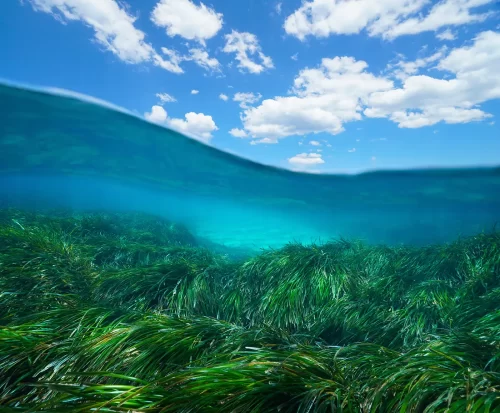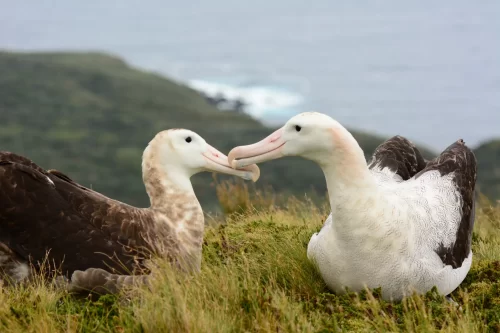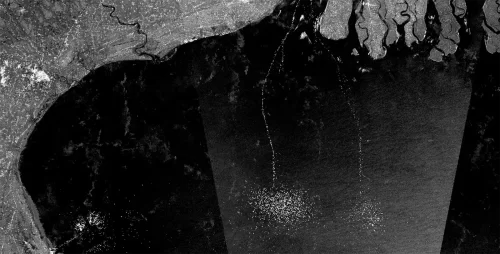Camellia Williams is a Lead Writer at Vizzuality. See her original blog post here.
We love hearing stories about people changing the world with the things we help make. This month we were contacted by Luli Masera. Luli is the co-founder of the Marine Conservation programme of Tompkins Conservation in Argentina and she had some extremely exciting news. Argentina was on the cusp of creating two new Marine Protected Areas (MPAs) and the map we helped design and build for Global Fishing Watch had a pivotal role in making it happen. Today, we heard that those MPAs have been officially signed into law, increasing Argentina’s coverage of marine protected areas to almost 10%.
Luli and her fellow co-founder Martu Sasso have been campaigning hard for almost two years to establish Argentina’s first national MPAs. When the idea was first proposed, there was strong opposition from the fishing industry. They claimed that a fishing ban inside any protected area would cause thousands of job losses and harm the already vulnerable economy. Luli and Martu needed proof that this wouldn’t happen.
Luli and Martu found that proof on Global Fishing Watch, an online tool that visualises the tracks of commercial fishing vessels. With more than 60 million points of information per day from more than 300,000 vessels being fed into it, it’s the perfect source of data on what’s happening in our oceans. By looking at the map they could see there were only four or five commercial vessels fishing in the site of the proposed MPAs. With the help of the Pristine Seas team at National Geographic, they analyzed the data and calculated that the fishing activity there accounted for less than 1% of Argentina’s total yearly fishing effort, and it could be relocated without causing any job losses.

This video was then used by Argentina’s National Park Administration in meetings with key government stakeholders. It silenced the fishing lobby, unblocked negotiations, and convinced the government to introduce a bill into Congress that would legally establish the MPAs! That bill was signed by Congress in early December 2018 and yesterday, on 12 December, it was signed by the Senate. Now Yaganes and Namuncurá Burdwood Bank 2 National Parks exist by law.
“We were incredibly nervous and excited when we heard the bill had been sent straight to the Senate for signature after it was signed by Congress,” said Luli.“We’re thrilled with the outcome and proud that together with our partners and supporters we have secured two Marine National Parks for Argentina. Their creation means almost 10% of Argentina’s oceans are now protected for conservation. But our work will not end here: we must ensure these protected areas are managed effectively.”
It’s stories like this one that motivate our team to do the work we do. We’re incredibly happy for Luli and Martu, and excited that Global Fishing Watch is having a real-life impact in the world. Knowing that a map can persuade a government to protect our beautiful marine environment is exhilarating and it inspires us to keep aiming high.
Learn more about Argentina’s marine life and protected areas by visiting Sin Azul No Hay Verde or Instagram.


